What is a Precision Rifle Competition? What is PRS?
This article covers the basics for those looking to dive into precision rifle competitions like PRS. PRS is the largest most well know organization that organizes and hosts an annual series of precision rifle competitions. PRS is a precision rifle competition with targets ranging from less than 100 to beyond 1300, depending on the match. The point is not long-range shooting. It is about being accurate and consistent at varying ranges. Most precision rifle matches are one day, and only the larger national matches are two or more days. Most shooters starting will probably shoot local matches rather than a national match. A shooter can go to https://practiscore.com/ to search for local precision rifle competitions or check with their local shooting range.
Shooting in precision rifle competitions like PRS is about having fun, testing your rifle, and challenging yourself. Most Precision Rifle Competitions are open to all skill levels. That said, a shooter should still be familiar with shooting in different shooting positions and have a rifle they are confident shooting different ranges with. It may seem intimidating to someone who has never shot a precision rifle competition, but it's well worth giving it a shot if you enjoy shooting. Most other shooters at these events are happy to help guide you, and you do not need to be an expert shooter to get started.
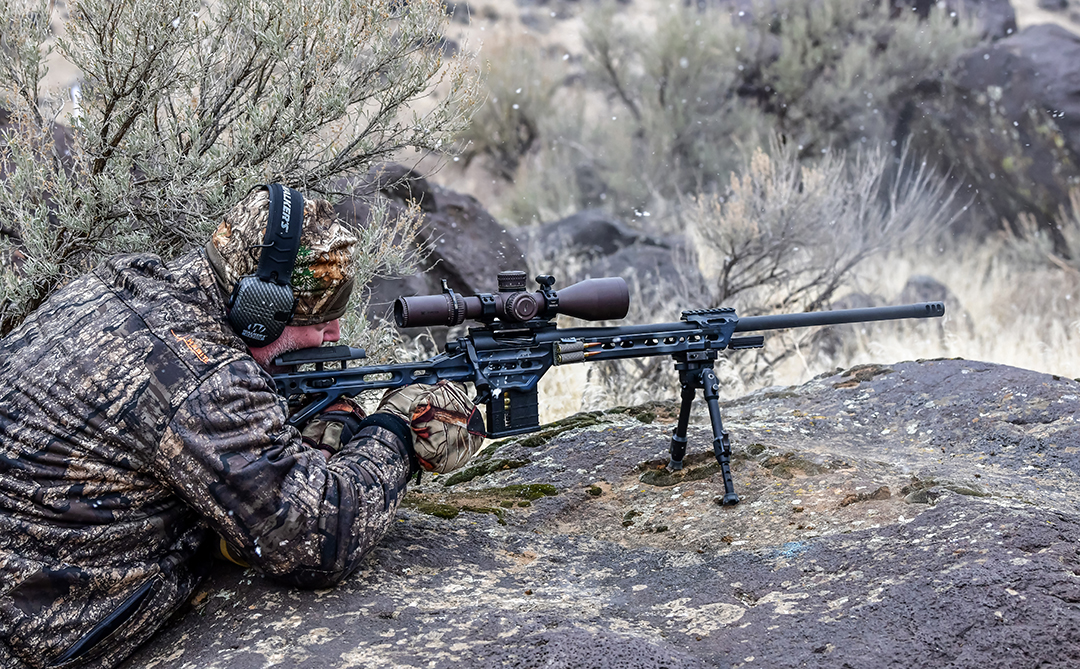
What Rifle Should I Use for Precision Rifle Competitions?
A bolt-action rifle that can consistently shoot under 1 MOA that is fed by a detachable magazine. While most rifles being used are custom-built, new shooters would benefit from purchasing a production rifle and shooting it until they learn what they like and don't like. Then, they can jump to a custom build. I would also suggest picking a commercially available cartridge like a 6mm or 6.5 Creedmoor or even a 243 because they can find factory ammo and components. Great production rifles are available from Masterpiece Arms, Bergara, Ruger, and Christensen Arms.
The current trend for more experienced shooters is using pre-fit barrels to reduce the time it takes to re-barrel a rifle. The cartridges that are being used and the volume of rounds being shot in strings during a match can quickly burn out a barrel, so the ability to change a barrel without sending it to a gunsmith when a pro shooter is going through multiple barrels a year is paramount—most of the pre-fit barrels being used now thread into the receiver.
It used to be an even split between shooters using a stock (top companies are Foundation and Manners) and a chassis (top companies are MDT, MPA, KRG, XLR), but now most shooters are using a chassis. Weight is your friend in reducing recoil, so many now have weight kits that bolt onto the chassis. Super light but reliable match triggers, super heavy competition profile barrels, large muzzle brakes, and very soft shooting cartridges are all the rage. Recoil management is the name of the game. The better you can spot impacts, the more successful you will be.
Most cartridges used now are based on the 6BR or some variant like 6BRX, 6 Dasher, 6BRA, and larger cases like the 6 Creedmoor and 6XC. 6mm is becoming more popular than 6.5 because of its lighter recoil. Since most PRS matches are limited to around 1200 yards, the performance advantage of the larger bullet is minimal.
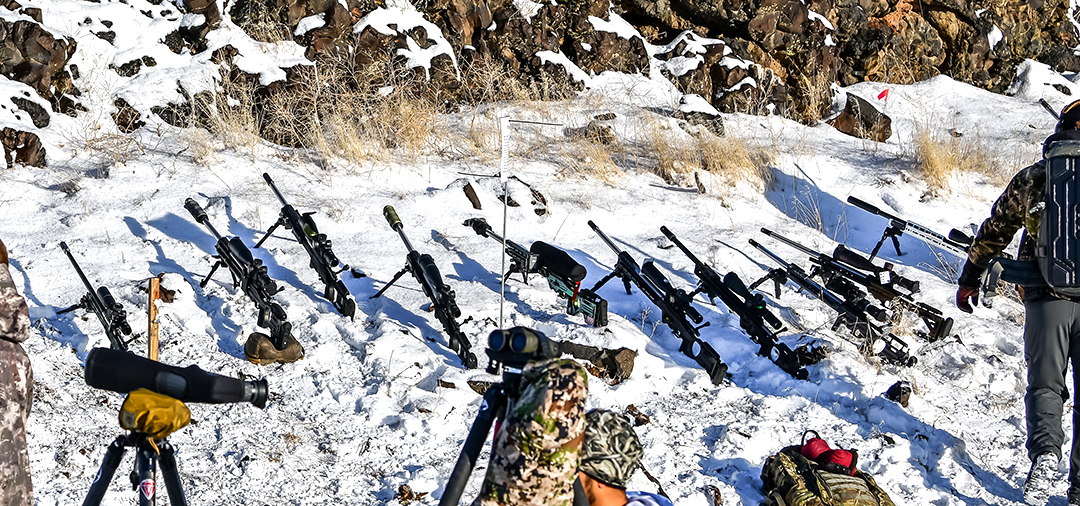
What Scope to Get for Precision Rifle Competitions.
Minimum magnification is a personal preference, and many scopes even go down to 2.5-3 power, so I would say you want a minimum max magnification of 18x. Many pros use 3-18 scopes in different parts of the country because they shoot at shorter ranges than we do out west. Scopes come in either MOA or MRAD adjustments. The key is that the reticle and turret adjustments match (you don't want an MRAD reticle with an MOA turret, many exist). The MRAD scope is the best choice for beginners because it is what most shooters use. If you are in a squad with people helping you, it is easier for them to communicate any data to help you rather than trying to convert MRAD to MOA. Many new shooters think they want an MOA scope because they don't know better, but MRAD is the way to go.
The things that separate the high-end scopes from the budget are the accuracy of the turrets, durability, and consistent tracking through the life of the Scope. Ultimately, I would not suggest buying scopes with the same reticle, but again I would recommend everyone getting MRAD scopes. Reticles are a personal preference.
Make sure you research buying an optic specifically for the precision rifle competition you plan to participate in as there are many options.
In the last few years, many shooters have moved from a 5-25x scope to a 7-35. There are several reasons for this, but it is not just for having more magnification as field of view is very important, so most PRS shooters stay between 10-20x for most of the match. I have heard from a few shooters that they use the additional magnification to help read mirage to judge wind accurately.
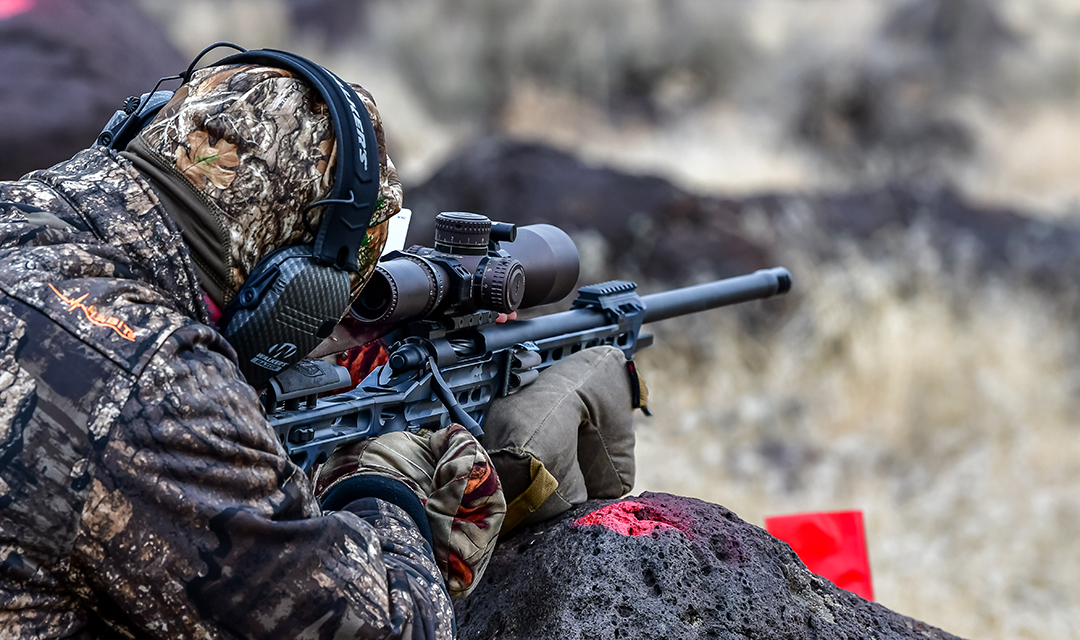
What Scope Mount to Get for Precision Shooting Sports? Warne Is the official Rings and Mounts of PRS.
Warne Skyline Precision Mount , of course. It is a precision mount designed for competition and is popular with many pro-PRS shooters. The Warne® Skyline® Precision Mount has been engineered from the ground up with the precision rifle shooter/competitor in mind, machined from 7075 T6 aluminum billet manufactured in the USA. A shooter can attach accessories directly to it, like the Warne Precision Level and Data Cardholder . It securely holds your Scope shot after shot and is made to take the abuse of competition. Warne has been making scope mounts for over 30 years in the USA. We don't make scopes or rifles. We specialize in mounting solutions.
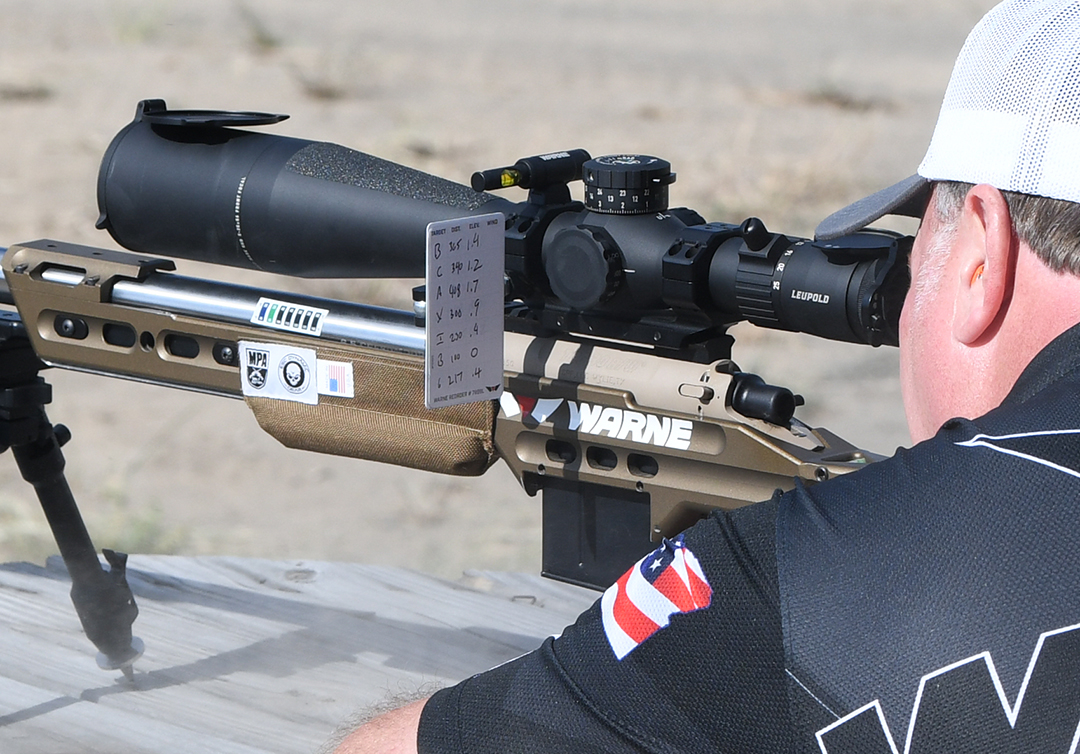
Warne Skyline Bipod for various shooting positions, a way to attach it to your rifle if you don't have an ARCA or Picatinny rail like the Warne Sling Swivel Accessory Rail . A tripod is also handy.
Another required piece of gear is at least one good shooting bag. If I had to pick one, I would choose a rear bag a game changer type bag from Wiebad or Armageddon Gear is mandatory., but ideally, shooters need a rear bag and some kind of support bag like an Armageddon gear gamechanger. A shooting bag will be used even more than a bipod. Other specialty bags like pillows and multiple rear bags are personal preference, but with bags, less is more. Get used to using 1 or 2 bags.
Many top pro shooters use very little additional gear, some shoot and win entire matches with only one shooting bag and maybe a tripod. Other important things to have been a good pack for carrying your gear and optics for watching other shooters, either some good binos (many are now opting for a pair of 15x binos over a spotting scope) or a spotter on a tripod. Range finders specifically for verifying target ranges, like a handheld rangefinder. There have been instances where the target ranges were off by a little bit and caused some incorrect data can be helpful, as well as a ballistic calculator either a Kestrel with applied ballistics or a phone app is most popular.
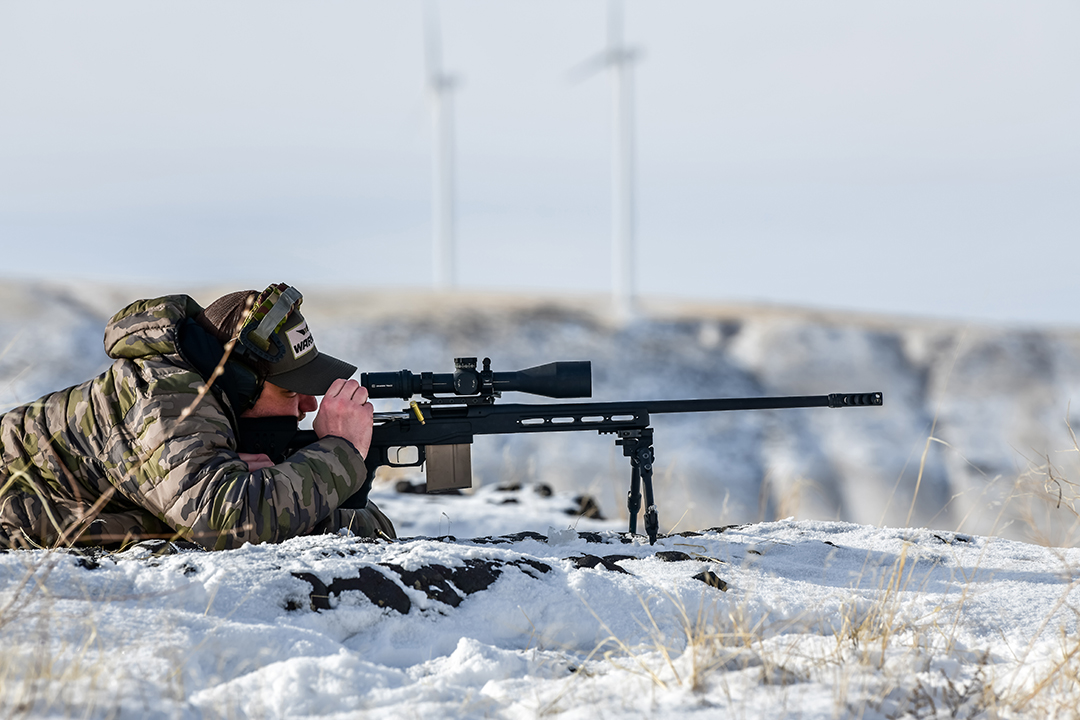
Hearing protection is a requirement. A Warne range tool and sometools that may be specific for your rifle are handy, like a small cleaning kit. You never know when dust and grime can start causing problems. Also, make sure to have a spare magazine. Check out the Warne AICS extension because many stages are either 12 rounds or hit to move, and you end up burning through a 10-round magazine if you miss and need an additional 1 or 2 rounds. By the way, the various rifle-mounted 2-round holders are a great accessory in a pinch, faster than a mag change.
Check the rules for each match, as some may have specific rules and regulations.
Also, don't forget sunscreen.
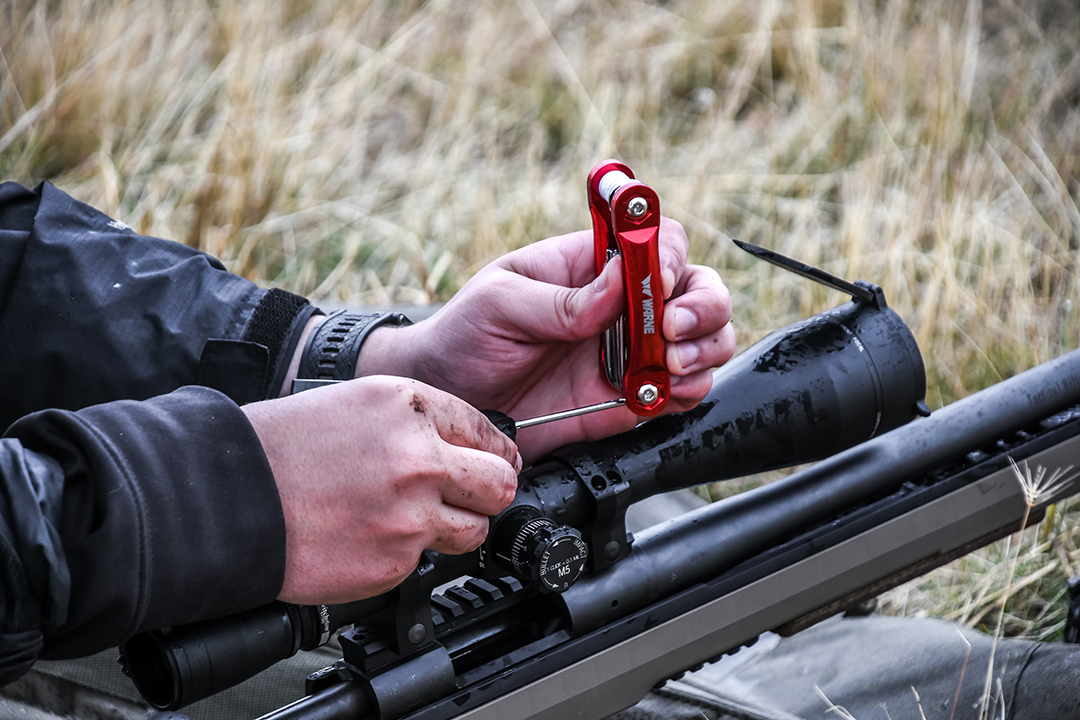
What to Expect at Your First Precision Shooting Match?
If this is your first match, just let them know. You may be surprised by how willing others are to help you. When you show up, a safety orientation will go over the rules and match details. You will be grouped with a squad. A lot of times, they will let the newb go last. This way, they can learn from the other shooters going before them. There will be an RO (range officer) at each stage that will also guide you. Just listen, ask questions when you don't understand something, be safe, and have fun.
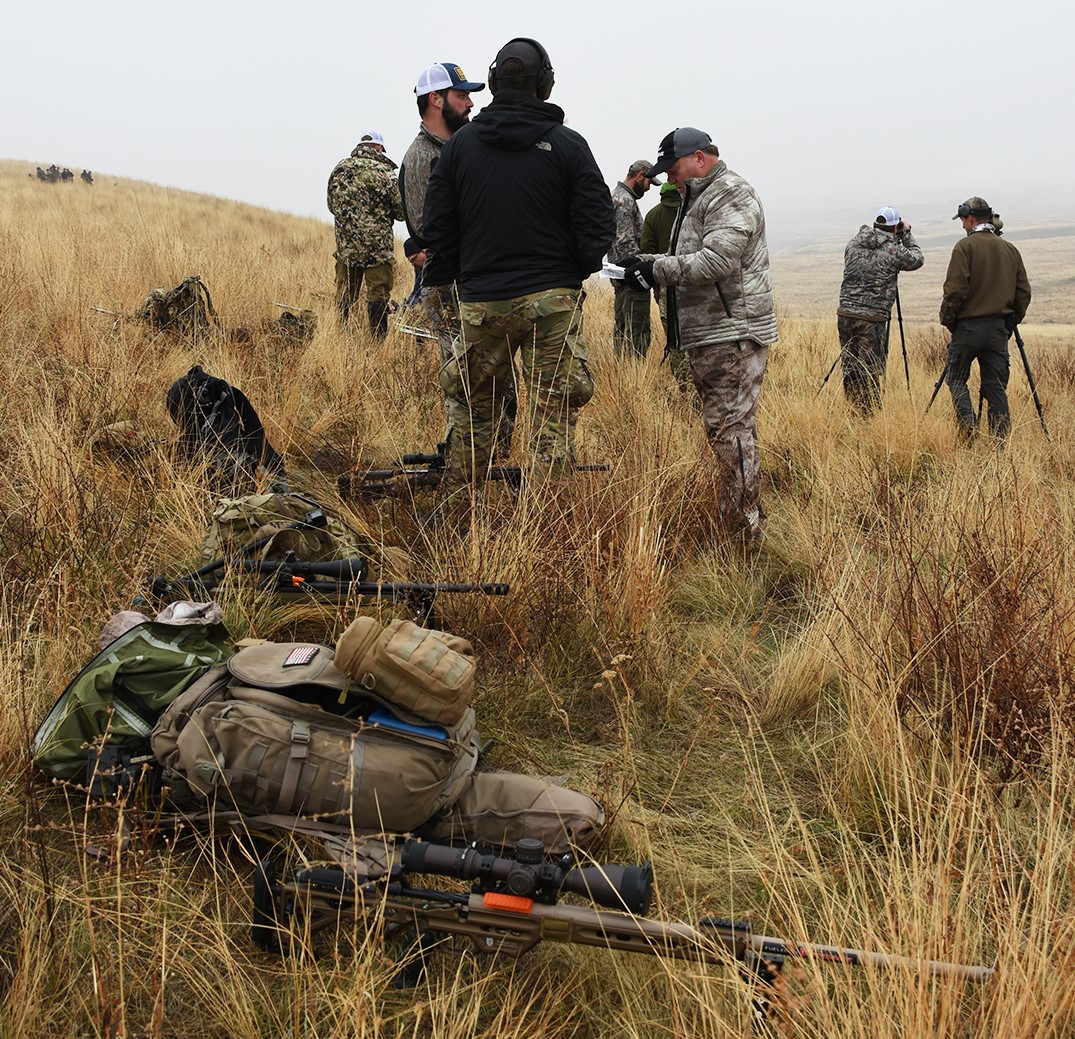
How Do You Sign Up for a Precision Rifle Match?
Check out https://practiscore.com/ to search for local precision rifle competitions. If interested in PRS, visit the PRS Website Precision Rifle Series - Home and familiarize yourself with the rules, match schedules, and other important information. Then choose a match you want to participate in and register for it. Registration fees vary. PRS matches are regional and happen across the US, but there may be a good amount of travel depending on your location and the match's location.
What Should a Shooter Do to Prepare for a Precision Rifle Match?
Velocity is critical; shooters need access to a chronograph (my personal favorite of what we have used is magneto speed). Do not trust velocity written on an ammo box. Velocity will also change with temperature, so I suggest verifying velocity before the match, if possible. Many matches have time for checking zero on your rifle during check-in or registration, and this is a good time to verify velocity.


